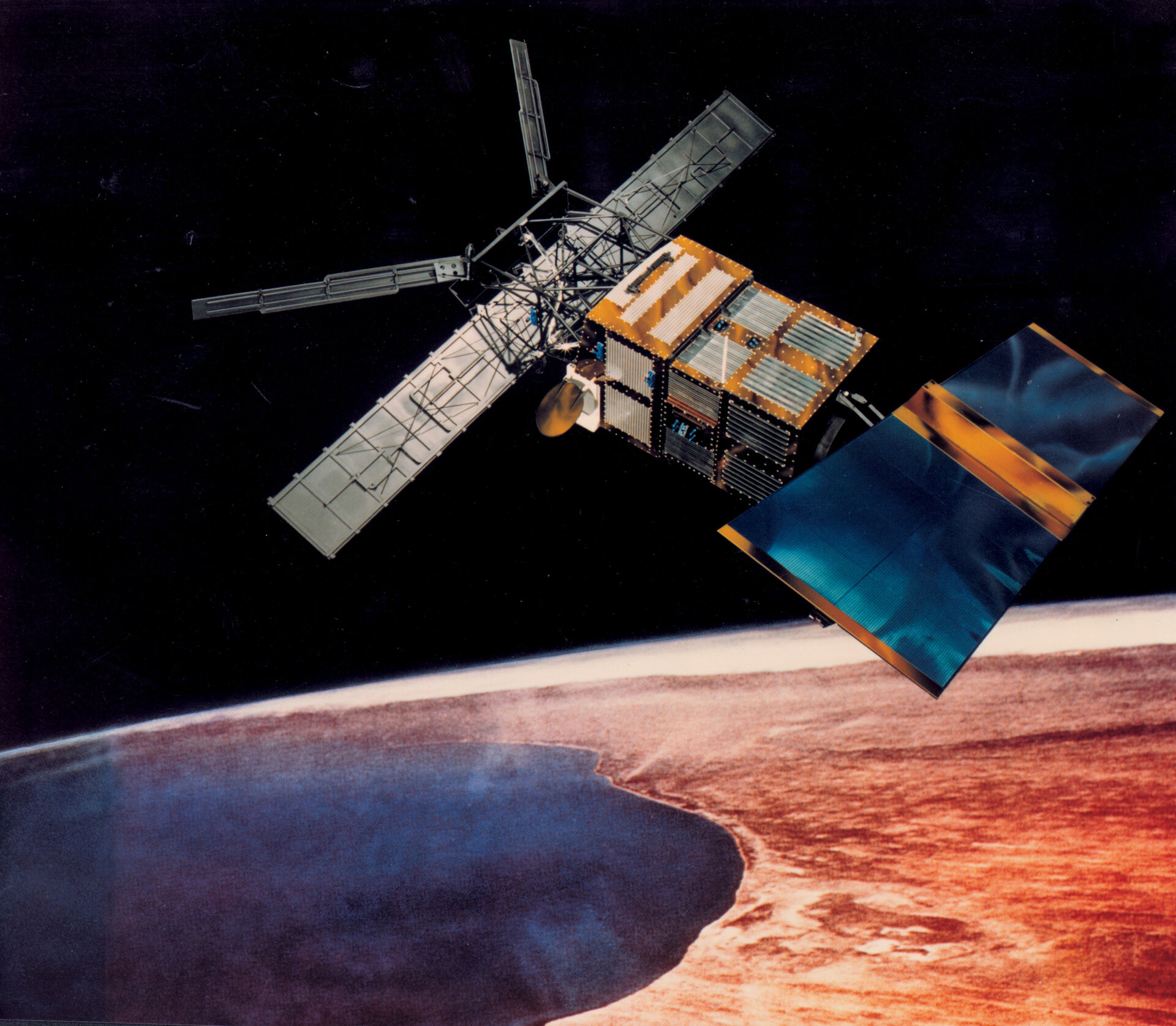After almost thirty years orbiting Earth, the ERS-2 satellite has returned to our planet, breaking apart as it reentered the atmosphere. The majority of the satellite burned up upon reentry, while some debris fell into the North Pacific Ocean.
Launched in 1995 to observe Earth, the European satellite surpassed its expected mission duration by thirteen years. On Wednesday, the European Space Agency (ESA) confirmed its descent back to Earth.
As its altitude decreased, reaching about 80 kilometers above the Earth’s surface, the satellite began to break into pieces due to atmospheric drag. This controlled descent was intentional, aimed at preventing the creation of additional space debris.
Fortunately, most of the satellite disintegrated upon reentry, with any remaining debris safely landing in the ocean. The ESA emphasized that the risk of debris causing harm to humans was extremely low, estimated at one in a billion.
During its sixteen-year mission, the ERS-2 satellite played a crucial role in gathering data on climate change, including polar ice reduction, land surface changes, sea level rise, ocean warming, and atmospheric chemistry. Additionally, it monitored natural disasters such as floods and earthquakes in remote regions.
Overall, the safe return of the ERS-2 satellite marks the conclusion of its remarkable journey, during which it provided valuable insights into Earth’s climate and environment.















































